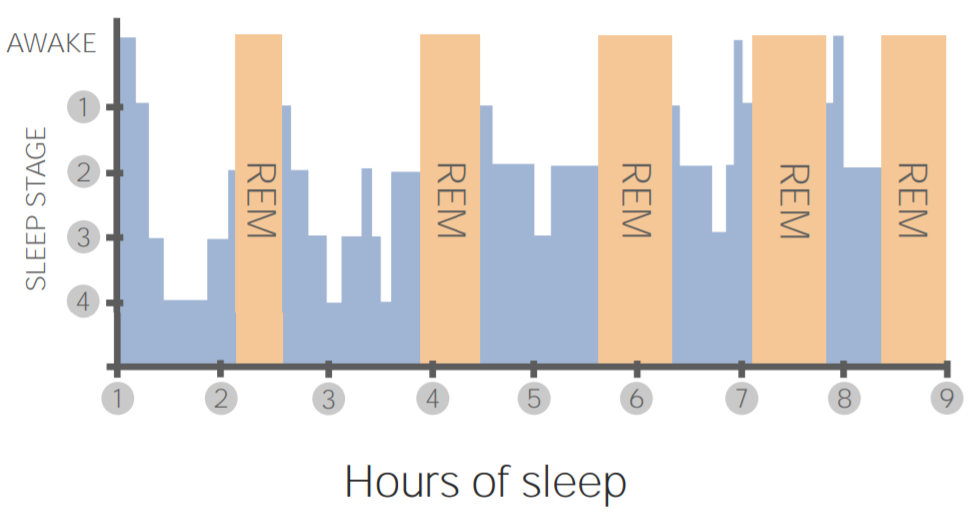Playlist
Show Playlist
Hide Playlist
Introduction to Sleep
-
Slides Sleep Disorders Introduction to Sleep.pdf
-
Download Lecture Overview
00:00 In this talk, we're going to review sleep and sleep disorders. This is one of my favorite talks. Who doesn't like to talk about sleep? So let's start with an introduction to sleep. Why do we sleep? Well, the truth is we don't really know. 00:16 We know if we impair sleep, there are abnormalities in temperature regulation, problems with memory and cognition, and altered homeostasis. So presumably, sleep is important in managing temperature, memory, cognition, and body homeostasis, but we really don't know all of the aspects of why we sleep in and the important features. How long should we sleep? Well, the answer probably is as much as you can. And more sleep is good and the amount that we sleep and the quality of our sleep does vary over the course of a lifetime. What changes with sleep as we age? A lot. And we'll dive into that more in this talk. So let's start with a discussion of sleep physiology. When you think about wakefulness and sleep, I want you to think about the yin and the yang of the wake-promoting areas of the brain and the sleep-promoting areas of the brain. First, let's talk about the left part of this slide, the arousal and activating system. This starts down in the brainstem in the reticular activating system which turns the brain on, the key anatomic structures of the brainstem thalamus and hypothalamus. And the brain chemicals that play a role in activating the brain are acetylcholine, histamine, dopamine, serotonin, and norepinephrine. And these turn the brain on. On the opposite side, we have the sleep promoting system, which puts us to sleep. And the critical structures there are the hypothalamus and ventral lateral preoptic nucleus and a number of brain chemicals including gaba. 01:53 So when we think about sleep physiology, one of the things that I want you to take away is how the brain is turned on, how do we wake ourselves up. Well, the suprachiasmatic nucleus of the hypothalamus is critical. In the morning, when light hits our eyes or we open our eyes, that light stimulus travels back to the optic nerve, to the optic chiasm. 02:14 And there's a small branch of neurons that send that information up to the suprachiasmatic nucleus of the hypothalamus. And this will ultimately turn the brain on. You can see here the suprachiasmatic nucleus or SCN projects neurons to the hypothalamus. From the hypothalamus, signals are sent to the brainstem and the reticular activating system. The reticular activating system or RAS is what turns the rest of the brain on. And you can see here projections throughout the cortex to turn the brain on and so this is a critical regulator of how we turn the brain on and wake up during the day.
About the Lecture
The lecture Introduction to Sleep by Roy Strowd, MD is from the course Sleep Disorders.
Included Quiz Questions
What physiologic function is most likely to be impaired with lack of sleep?
- Temperature regulation
- Respiratory drive
- Sinoatrial nodal function
- Peristalsis
- Cerebellar function
Which nuclei of the hypothalamus help to regulate sleep and circadian rhythm?
- Suprachiasmatic nuclei
- Ventromedial nuclei
- Lateral nuclei
- Medial nuclei
- Periventricular nuclei
Customer reviews
5,0 of 5 stars
| 5 Stars |
|
5 |
| 4 Stars |
|
0 |
| 3 Stars |
|
0 |
| 2 Stars |
|
0 |
| 1 Star |
|
0 |




